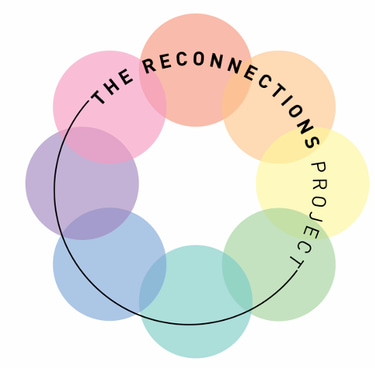Why our understanding of impact needs a makeover
We need to think critically about what qualifies as "impact". Impact is complex. It's not just A causes B.
IMPACTEFFECTIVE CAMPAIGNS
4/10/20252 min read


Within many social justice movements — there is a current preoccupation with numbers: helping the most people or animals, reaching the most people… But does any of this mean a campaign is actually effective?
Quite simply: no. And I'll show you why, with one very special pig. Some within the animal movement have openly rejected animal sanctuaries as useful, saying that they aren't cost effective. Why? Because so much money is needed to just help one animal.
This type of thinking is exactly what is wrong with our current understanding of “impact”. There is one example that so clearly demonstrates the problem with this thinking: Esther the wonder pig. Esther became a huge phenomenon, a celebrity in her own right, with fans and followers and people all over the world changing their habits because of one very special pig.
By helping just one pig, Steve and Derek have helped countless others. Helping one animal can have a huge impact. Countless people became vegetarian or vegan because of Esther and by seeing her as an individual, with a personality and her own wants and needs.
I believe that this is part of why, in my research, I found that animal protection may be the most effective vegan motivator. Interactions with an individual animal, or even just hearing about a single animal's story, can have a huge impact and one that is unlikely to be found by the metrics most commonly being used in our movement.
Similarly, our understanding of the “effect” of leaflets and other types of information-based initiatives is equally flawed. As research has shown again and again, lifestyle / dietary change is unlikely to occur because of a single piece of information or a single experience. Transitions are generally gradual and are often based on multiple experiences, with it probably being quite difficult to identify causes and effects.
Impact is not simply A causes B. All we have to do is look at the progression of various social movements to understand that change is complex and that different actions can have direct and indirect impacts. If we want the things we believe in to become the norm, we can’t back away from giving out information and we can’t ignore the need to disseminate that information widely.
We also can’t forget that in order to change the world, we need to understand what kind of world we want. Animal sanctuaries, in particular, can be a glimpse into a world where animals are not seen as tools for humans, but as beings with specific needs and desires.
It is quite likely that a variety of approaches are essential to changing individual behaviour and social norms. However, if we focus only on the number of animals being helped, we forget who it is that is causing their suffering — humans.
